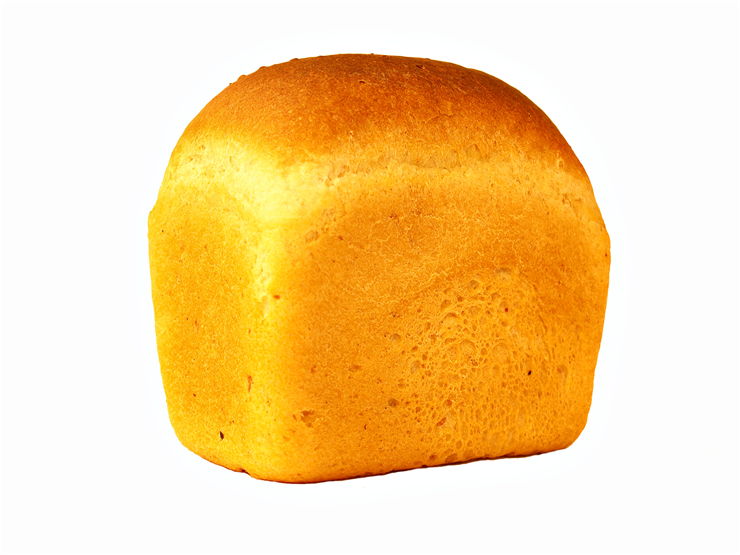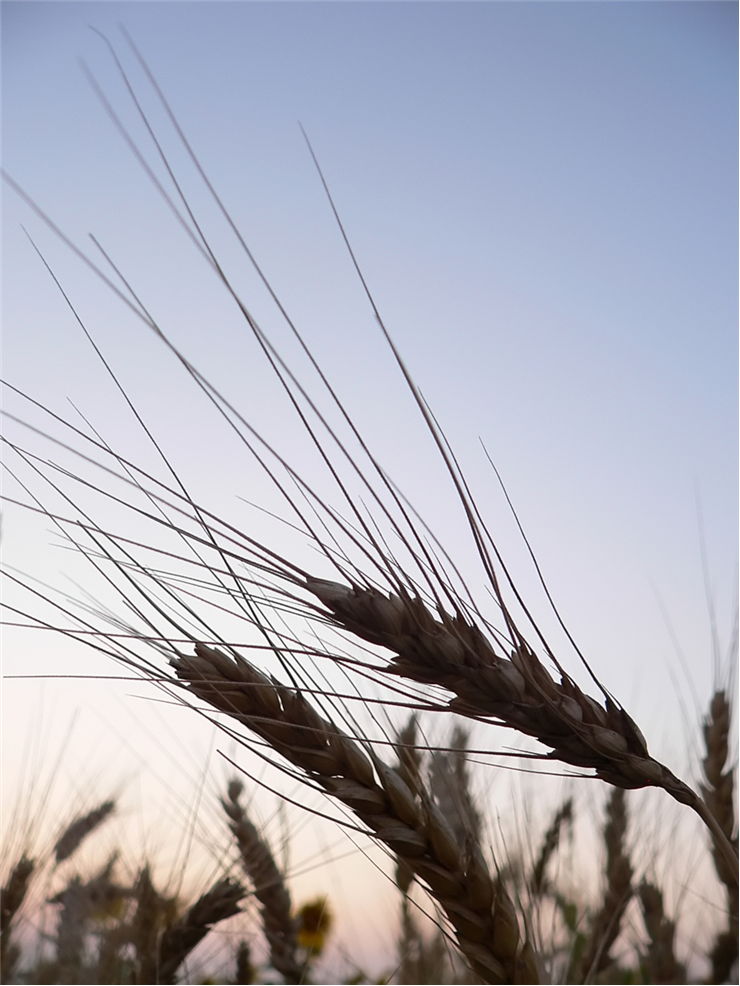Baker's Yeast History - Origins and Types of Yeast
Baker's yeast is the common name for the yeast strains used as ingredients when baking bread. It is used as a leavening agent. It converts the sugar in the dough into carbon dioxide and ethanol, making bread lighter and tastier.
There was no information on when yeast was first used for baking bread, but the earliest definite records come from Ancient Egypt. There are ideas that a mixture of flour meal and water was left longer than usual on a warm day, and the yeasts that are naturally in the flour caused it to ferment before baking. Bread made from this dough would have been lighter and tastier than the hard flatbreads made without yeast. Baking bread with leavening but without yeast, as it is now, was done by transferring from previously mixed old dough that had already risen. Another method for obtaining leavening agents was from beer which was probably also done.
In the 19th century, bread bakers obtained their yeast from beer brewers from which they made sweet-fermented bread. This process, known as the Dutch process (because Dutch distillers were the first to sell yeast commercially), spread to Germany, and yeast was sold as cream. Tebbenhof was the first who, in 1825, found a way to make yeast into cube cakes by extracting moisture. In 1867 Reiminghaus used the filter press, which allowed for improved industrial manufacture of baker’s yeast. This process is called the Viennese process, and it spread throughout the French market. This method of making yeast cakes is still used today throughout Europe. Charles Fleischmann brought the method of making yeast to the United States. He was trained as a young boy in a distillery and learned that yeast is a by-product of distilling.
There are many forms and types of yeast; here are some:
Cream yeast is the closest form to the yeast of the 19th century. It is a suspension of yeast cells in liquid, taken from the growth medium. Cream yeast is used in industrial bakeries with professional dispensing and mixing equipment and is rarely used in small bakeries or home cooks.
Compressed yeast is made from cream yeast, from which most liquid is drained and used for industrial and home use.
Active dry yeast consists of coarse oblong granules of yeast, with live yeast cells encapsulated in a thick jacket of dry, dead cells. It must first be rehydrated before use. Stored at room temperature, it can last for a year, while frozen, it can last ten years and more for home use.
Instant yeast looks like active dry yeast, but granules are smaller in diameter. It also lasts a much shorter time. It doesn’t have to be rehydrated before use. For home use.
Rapid-rise yeast is a type of dried yeast with a smaller granular size and can dissolve faster in the dough. It gives more carbon dioxide than other yeast types and raises dough faster. Rapid-rise yeast is often used in bread machines.


